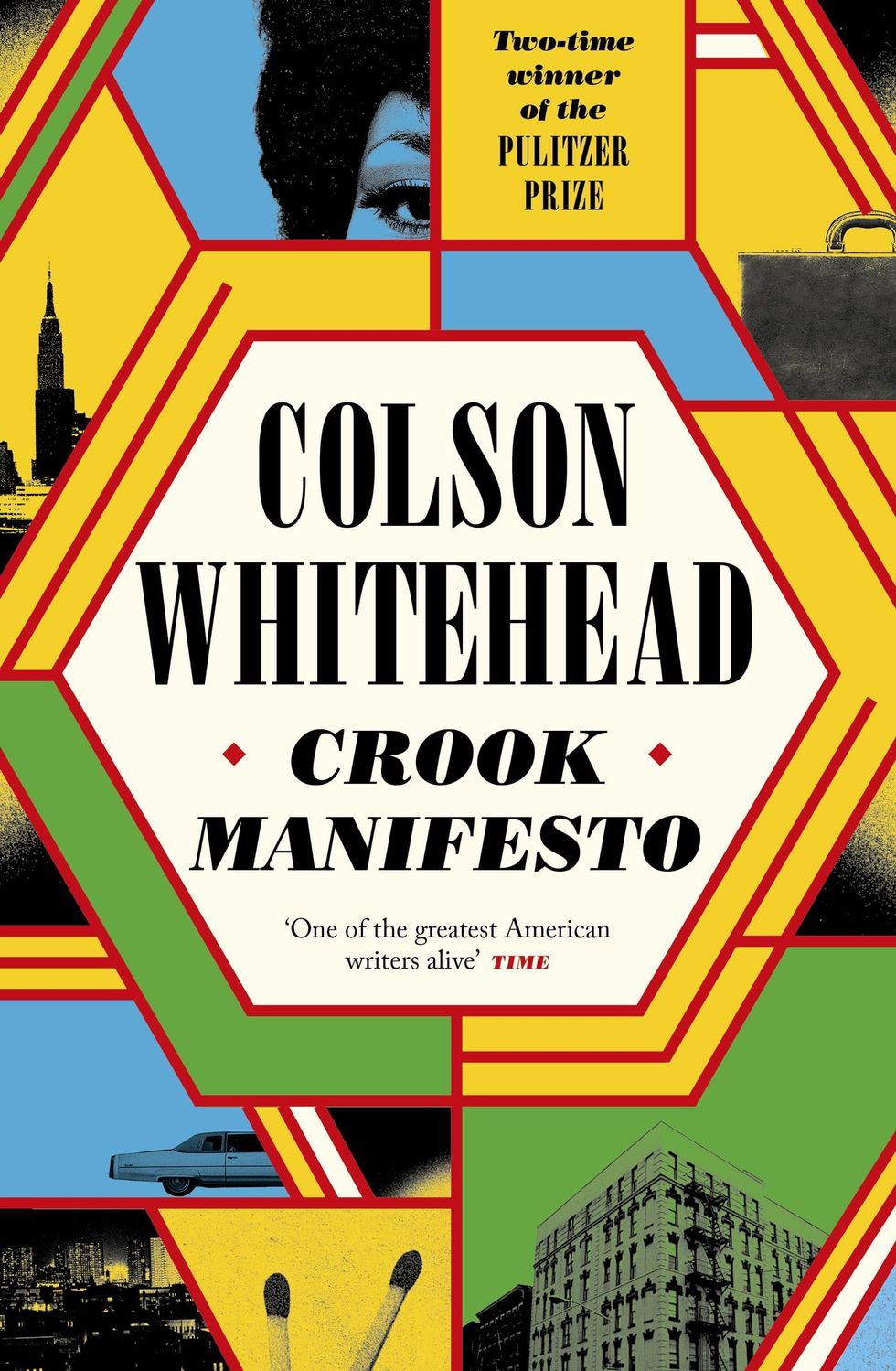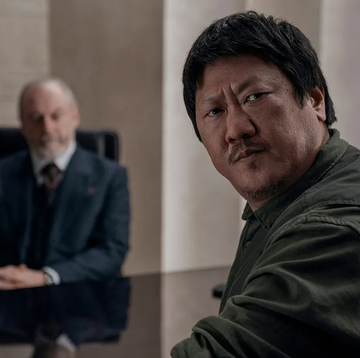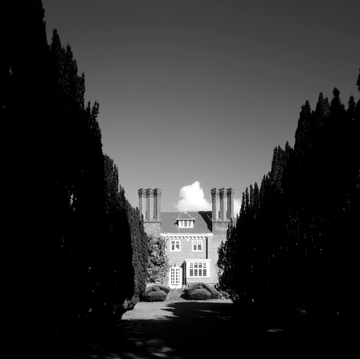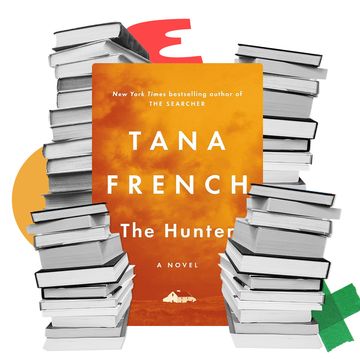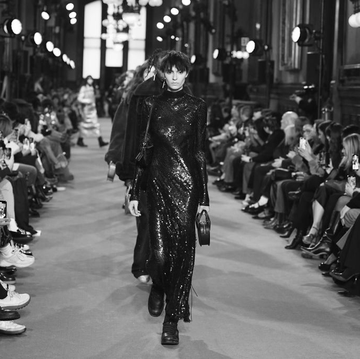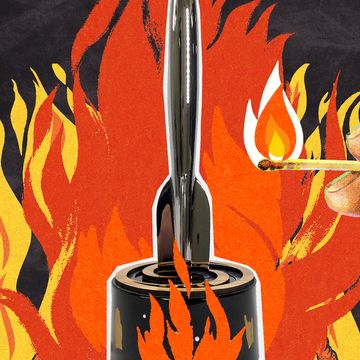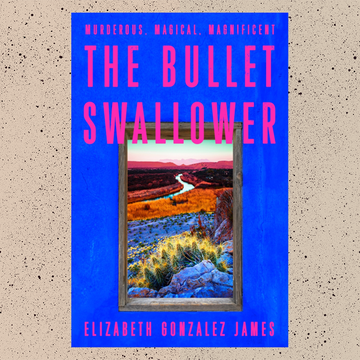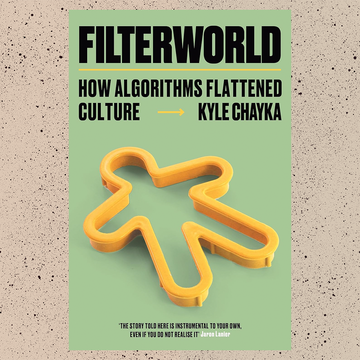“It was a glorious June morning,” Colson Whitehead writes in Crook Manifesto. “The sun was shining, the birds were singing, the ambulances were screaming, and the daylight falling on last night’s crime scenes made the blood twinkle like dew in a green heaven.”
Welcome back to the Technicolor world of Ray Carney: furniture salesman, family man, and sometimes-criminal. Last seen in Harlem Shuffle, Carney returns for another bruising round of moral misadventures in Crook Manifesto, the second instalment in Whitehead’s planned three-volume series. Crook Manifesto finds Carney upwardly mobile and back on the straight and narrow, but all it takes to pull him back into Harlem’s criminal underbelly is one tortured trade: to score his daughter tickets to The Jackson 5’s sold-out show at Madison Square Garden, he dips back into the jewel fencing game one last time. But of course, there’s no “one last time” for men like Carney, who reflects, “Crooked stays crooked and bent hates straight. The rest is survival.” Soon enough, Carney becomes an unwilling accomplice to a corrupt detective on a long, dark night of the soul, pressed into service as a henchman throughout a nightmarish carousel of shoot-outs and stick-ups. The consequences of that brutal night ricochet across Carney’s life, dragging him ever further down into the morass of danger, dirty deals, and double lives he’s fought so hard to escape.
Like Harlem Shuffle before it, Crook Manifesto is divided into three novellas, this time set in 1971, 1973, and 1976. In the bravura central novella, “Nefertiti T.N.T.,” Carney cedes the stage to Pepper, an old-time crook hired to track down Lucinda Cole, the missing leading lady of a Blaxploitation movie filming in Harlem. In the third novella, “The Finishers,” set in a New York City gripped by Bicentennial mania, Carney and Pepper investigate a wave of deadly fires across Harlem, only to discover a shocking web of arson, insurance fraud, and real estate corruption. “In this series, I feel like I’m drawing on a lot of different themes from my career,” Whitehead tells Esquire. “It's about New York, it's about systems, it’s about corruption and racism and the failure of institutions. All of those things I've been working on in different ways in different books, I get to use in Harlem Shuffle and Crook Manifesto.”
Whitehead Zoomed with Esquire to discuss the challenges of trilogies, the "rules" of crime fiction, and the future of Ray Carney. This interview has been edited for length and clarity.
ESQUIRE: You could have set the second Ray Carney novel at any point in New York history. What about the 1970s was so captivating to you?
COLSON WHITEHEAD: I always start off with very simple propositions—then I make them real and they become purposeful. In this case, I knew that I had followed Carney in 1959, 1961, and 1964, so following him through the 1970s and then the 1980s made sense. I had to pick and choose which moments in the seventies to spotlight—in 1971, I was interested in the police corruption happening in the city and the Knapp Commission, and in 1976, the bicentennial fervour was a good opportunity to talk about patriotism in America. I made each different year work for me in different ways.
When we spoke about Harlem Shuffle, you described the depth of your research, saying that you read memoirs by gangsters and fell down YouTube rabbit holes. What did your research process look like for Crook Manifesto?
This time, I wasn’t reading crime novels or memoirs. I had that down. But I was digging up the Knapp Commission’s findings about police corruption. I was rewatching Blaxploitation movies, too—when I was younger and writing pop culture criticism, I wrote a lot about them. I came back to that genre 30 years later and saw what held up—not much—but of course, I had fun with the genre through Zippo and his movie shoot. In 1976, we reach the infrastructure story and general City Hall corruption. I was reading up about the arson epidemic, reading about insurance fraud, finding different periods of fire epidemics. In the book, there’s the brief flashback to the Jewish firebug in the 19-teens—he was a real person. I learned a lot about the secret history of Jewish Harlem, which doesn't exist anymore. I also discovered the links between insurance fraud in the early part of the century and later in the 1970s. I learned a lot about the city, and when I make it work, it serves Carney's story.
When it comes to trilogies, middle volumes are always tricky. What were the pleasures and the challenges of tackling the middle book?
I handed in Harlem Shuffle to my editor and then started writing Crook Manifesto the next day. I worked for a week and then stopped, because it seemed crazy to dive right in, but I was ready to go. I knew all the characters; I had everybody's personality down. I was taking notes for the second book while writing the first one. I had the whole world, so it was more about figuring out new ways to test Carney, and not repeating the same kind of heists and robberies. The challenge in the second book was to find new variations on his story. Now that I’m working on the third book, it’s the same thing. How can I keep it fresh? As a child of the seventies, I have the Star Wars model in my head—The Empire Strikes Back is generally considered better than Return of the Jedi. So I want to keep the third book as good as Empire—as good as Crook Manifesto. It becomes a challenge to keep it fresh, but the challenge is also the fun of it.
In both of these books, your delight in the crime genre is evident—but these are also dark comedies and social novels. How do you balance the need to deliver a crime novel with the desire to colour outside the lines?
I love sci-fi apocalypses and zombie stories—so my zombie book, Zone One, takes off in that genre, but it's my own thing with my own preoccupations. It's about the apocalypse, but it's also about overcoming trauma. I injected my own philosophies and interests into it. In this series, I feel like I’m drawing on a lot of different themes from my career. It's about New York, it's about systems, it’s about corruption and racism and the failure of institutions. All of those things I've been working on in different ways in different books, I get to use in Harlem Shuffle and Crook Manifesto. I'm not a crime novelist; I'm a writer, and I'm writing these crime novels, and I'm trying to figure out what I like from this genre and want to keep, or what I dislike and want to throw out. There are no real rules. I'm not going to get kicked out of the Crime Writers Union. I'm not going to get rid of kicked out of the Historical Writers Union for having a fantasy element in The Underground Railroad. The main thing is to pull it off so that people don't say, “He’s a crappy crime novelist and a crappy historical novelist.”
What do you dislike about crime novels that you've kicked out?
In Harlem Shuffle, there’s a very detailed heist in the Harlem Hotel. In Crook Manifesto, I asked myself: do I have to have another detailed heist? Or can it be Carney’s dark night of the soul with Munson? Obviously there's a body count—we're dealing with criminals, so it's a crime novel—but it's really about these two men on one night and how they play off each other. Having done a heist, I don't have to do that again. Having had a revenge scheme in Harlem Shuffle, I don't have to do that again. I don't feel beholden to any genre rules as long as it makes sense in Carney's world.
Now that you mentioned it, I was so taken with the mini-heists in this book. The fried chicken heist is what, four pages?
It doesn’t always have to be a 20-page set piece. It can be a short character piece with Pepper. With that in mind, there’s room for the game console heist and the fried chicken heist. Those can be about character, not so much about delivering a minute-by-minute story about opening the safe.
Speaking of character pieces with Pepper, I’m reminded of the moment when, upon entering a mob boss’s house, he refuses to take off his shoes. That's such a terrific character moment, and such a memorable blend of violence and humour.
That’s part of my worldview, and in my books, I'm always veering between the tragic and the comic. Not so much in The Underground Railroad because there wasn't room for humour in that book, but in a lot of my other books, I’m bouncing between two extremes. 100 years into the crime genre—after Dashiell Hammett and Chester Himes and Donald Westlake and Walter Mosley and Quentin Tarantino—there’s so much ironic play built into the genre at this point. Even in a serious crime drama, like The Sopranos, there’s a lot of humour. Terrible things are going on, but we’re aware that we're playing with these stories that have been around for a couple of generations now.
We need the humour, or else we’ll have to get off the carousel of relentless violence.
That’s what I like about Pepper and Carney. In terms of being a human being, Pepper is a fish out of water, so his interactions with normal people are amusing. Then Carney is out of his element when he’s with these criminal types, whether they're corrupt cops or arsonists or gangsters. There’s a lot of humour in these fish out of water scenarios.
In the middle section of the book, Carney moves out of the foreground and becomes a side character in Pepper’s story. What about that structure of sidelining your protagonist was appealing to you?
Pepper provides a different way of looking at the world. We're seeing normal people through this sociopath's eyes, and that's an interesting point of view. We get to see Carney as a family man in a different way—Pepper is repulsed by a normal family unit, but he also finds it attractive, and he’s brought into the Carney family fold as an uncle. Carney is an established character and can have his adventures, but there’s also room for this other perspective on crime in the city that Pepper can provide.
In that middle section, we also spend time with Zippo as he makes Blaxploitation movies. What was it like for you to revisit that genre?
I had a real affection for those movies, but going back to them, they don’t hold up. They're really not that adept, although they’re fun, and they provided a release for a 1970s audience that didn't have a lot of Black protagonists. You're seeing Black faces on the screen beating up white cops and racists and winning sometimes. I was interested in Blaxploitation as a foil for Pepper, and also for pure humor—it becomes Zippo’s pretentious way of dealing with his art.
In Zippo’s story, we encounter two people, Lucinda Cole and Roscoe Pope, who are contending with what it means to be a Black entertainer at that moment in culture, and how their race constricts their choices. Was that something you researched?
If you look at a Blaxploitation movie, you inevitably wonder, What happened to so-and-so? The history of Black Hollywood is in those movies. Someone might have been a leading man in Shaft or Superfly, but that's all they did because there were no other opportunities in Hollywood. So that's part of the reality of being a Black entertainer in the seventies. If you look at someone like Roscoe Pope, someone very talented but also very damaged, obviously patterned after Richard Pryor—Richard Pryor started in low-budget movies and in the mid-seventies broke out with his concert movies. He was doing edgy stuff in the mid-seventies, then by 1981 he was coked out and doing questionable movies for a paycheck. As in Lucinda Cole’s cases, you don’t get the same opportunities as white actors, or you burn out because there's no model for how to be a Black entertainer in Hollywood. The industry really does chew you up and spit you out the same way the city does, the same way the crime business does. Hollywood and the gangster scene in Harlem are two different things, but they’re both powerful forces that can destroy you.
In both books, you linger on this idea of “churn”; in Harlem Shuffle, you write, “There was a natural flow of goods in and out and through people's lives from here to there, a churn of property.” That idea returns in Crook Manifesto, especially as it relates to urban renewal. How did your thinking about that concept kind of evolve in this second book?
It’s how I see the city, and I'm trying to elaborate on the concept from book to book. That's why I opened Harlem Shuffle at the site of the future World Trade Center. It's a bustling Radio Row section, then at the end of the book, it becomes a crater where the World Trade Center will be. Of course, as a contemporary reader, we know that it'll have these other iterations. It will rise again after the terrorist attacks. So I'm following Carney over three decades, and he's going up and down following the city over those three decades. We know that the downward spiral of the seventies is definitely happening in this book, but in the eighties, the city pulled out of it—Wall Street was booming again, and the city became wealthy. At the end of the eighties, we got to the crack epidemic and the failure of city services. The city is going up and down again. For me, that's my experience as a New Yorker and as a person. I've had ups and downs in my life and my career. Narrating that for Carney is really important—and the city's ups and downs are also part of that churn.
And yet we lose sight of this. As you write, “The city was being tested. It was always being tested and emerging on the other side in a newer, stronger version for having been laid low, but everyone forgot this from time to time and so they were quite distressed by the latest manifestation.”
When I was writing the second book, it was during the pandemic when we were locked down. I was doing research walking around Harlem with my mask on. Everything was closed and I was writing about the seventies, a time when the city was also in a terrible state, but at the same time, it was the birth of punk and disco and hip hop. Artists were working during this time when the city was in great decline. If you step back, New York always comes back. It’s a terrorist attack, it’s a recession, it's a pandemic, it's a drug epidemic, but the city is always coming back. As a New Yorker, that’s important for me. And as a writer, I can use that.
What can you share about Book Three?
Just that it's the eighties and some of the people are coming back. Carney is about 30 in the first book, in his forties in the second book, and in the next one, he'll be in his fifties. Where does that place him in his life’s journey? His kids are tiny in the first book, then they're in high school and college, and then they're gone. Elizabeth is on her own journey with her job in the second book and also in the third book. It’s thirty years of a life and trying to narrate how he sees himself in the world.
Is it strange to be working on that book and talking about this book?
Yes, and it’s also coming out in foreign editions. I'm talking about Harlem Shuffle, starting to talk about Crook Manifesto, and writing the third book. But it's all one story. If I step back, it's one 1100-page story about Ray Carney.
How has writing this series changed you as a New Yorker?
I feel energised to tell my version of New York, and to be in New York making my art like so many other people. Like The Talking Heads, Philip Glass, and Afrika Bambaataa. The city was crumbling in 1975, but somehow they found creative energy out of it and made it into something new. I definitely felt like I was doing that with Crook Manifesto—writing about a time when the city was in peril, during a time when the city was in peril, and then being saved by the work. It also forced me to step back and see these different movements in the city. Harlem is being gentrified, but some of those people are the great-great grandchildren of the Italian, Jewish, and German immigrants who were the first inhabitants of Harlem, who became middle class and moved to the suburbs. Now the cycle continues. And for me, that's really exciting. Gentrification sucks, but it’s also just the life of the city.
It's the churn.
It's the churn.
Adrienne Westenfeld is the Books and Fiction Editor at Esquire, where she oversees books coverage, edits fiction, and curates the Esquire Book Club.


